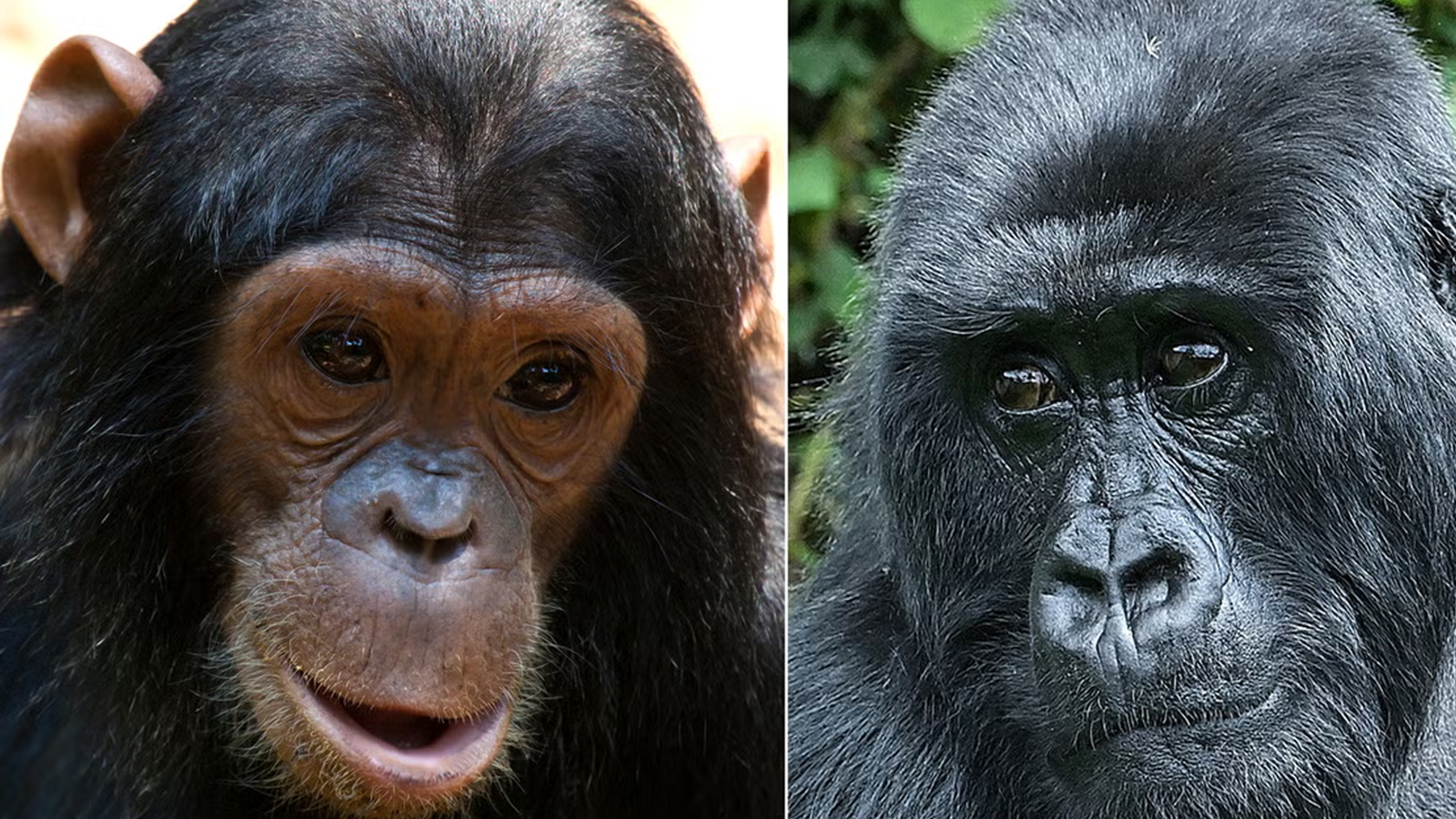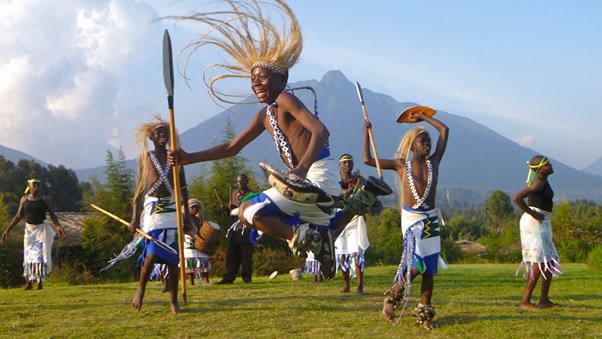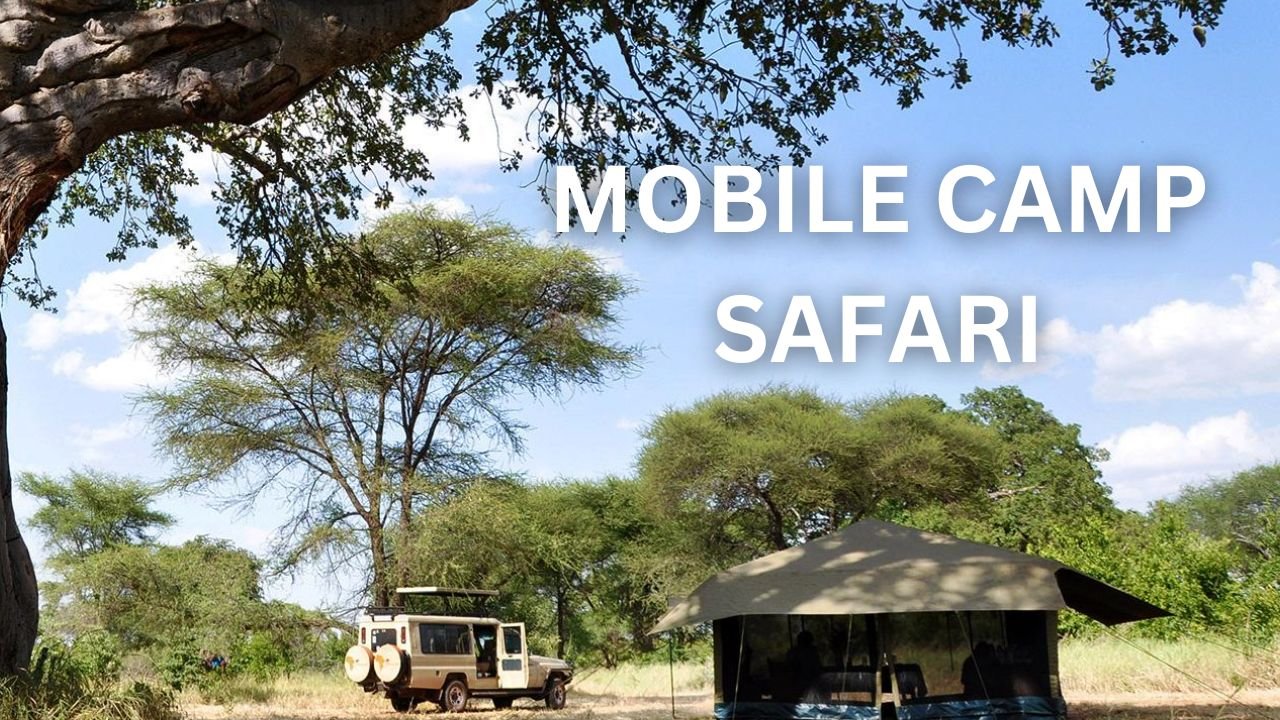Arusha National Park-The Ultimate Safari Guide
Arusha is one of the less popular safari destinations in Tanzania situated between Mount Kilimanjaro and Mount Meru, this beautiful park and Tanzania wildlife safari destination boasts densely wooded forests and secluded lakes thus offering great wildlife safaris and iconic hiking trails among others.
At a size of 137 square kilometers, the park’s landscape is dominated by the towering Mount Meru – am impressive volcanic cone with a deep and impressive crater – Ngurdoto Crater sheltering the mountain and its slopes are densely wooded providing home to a wide range of exotic forest birds and extremely rare birds.

Arusha National Park is found in Arusha City “The Geneva of Africa”, approximately 30 minutes’ drive (30 kilometers) from the city center.
Arusha City is called the Geneva of Africa as it is where most safaris to Tanzania numerous wildlife destinations start from, Arusha is situated close to Tarangire National Park, Ngorongoro Conservation Area and Serengeti National Park.
When is the best time to visit Arusha National Park?
Arusha National Park is open all year round, however the best time to visit the park for a safari is during the dry season between June and October. In this period, the vegetation cover is thinner and the water is scarcer, this makes the animals easy to see as they congregate at the remaining waterholes to drink water.
Also there are fewer mosquitoes in the dry months thus little chance of catching malaria.
Arusha National Park experience temperate climate thanks to its proximity to the base of Mount Meru standing at an altitude of about 1300 meters.
Wet season in Arusha National Park is experienced in two seasons that is short rains between November and December with short showers and long dry season from March to May with long, rainy days. This seasons, the scenery of the park is spectacular and lodges offer low rate making accommodation more affordable.
Note: during the wet season, some of the lodges close down.
How to get to Arusha National Park
The best way to get to Arusha National Park for a safari is to fly to Kilimanjaro International Airport situated approximately 60 kilometers east of Arusha which is the main port of entry for visitors on a safari to the Northern Tanzania.
Where to stay in Arusha National Park
There are a wide range accommodation options situated in and near Arusha National Park, these accommodations are categorized as budget, midrange and luxury and they include
- Ngurdoto Mountain Lodge
- The Africa Tulip
- Arusha Serena Hotel, Resort & Spa
- Ngare Sero Mountain Lodge
- Momella Wildlife Lodge
- Mount Meru Game Lodge
- Hatari Lodge
- Itikoni Seasonal Camp
- Elewana Arusha Coffee Lodge
- Lake Duluti Lodge
- Africa Lodge
- Four Points by Sheratom
ATTRACTIONS IN ARUSHA NATIONAL PARK
MOUNT MERU
At 4,556 meters, Mount Meru is the fifth highest peak in Africa and the second highest in Tanzania. This volcano is situated close to Mount Kilimanjaro the tallest mountain in Africa, Mount Meru’s close proximity to Mount Kilimanjaro makes it an excellent choice for climbers trying to acclimatize before attempting to climbing Mount Kilimanjaro – one of the world’s Seven Summits.
The first ascent of Mount Meru is still contested as it is widely thought to have been undertaken and achieved by either either Carl Uhlig in 1901 or Fritz Jaeger in 1904. Mount Meru is most times confused with Mount Meru found in Himalayas and was featured in the Movie “Meru”.
Mount Meru is still an active volcano and its formation is as a result of its first explosion around 500,000 years ago, the explosion blew apart half of the mountain and the eastern rim was shattered. This left behind the distinctive 5 kilometers wide breached caldera, the most recent eruption of the volcano was in 1910 but now it stands dormant.
During the eruption in 1910, an additional summit – Ash Cone was formed and is worth exploring on Mount climbing adventure.
To climb Mount Meru, there is only one route to get to the summit of the volcano and this is Momella Route, this route starts at the Momella Gate and the first portion of the hike passes through plains and forests filled with waterfalls and wildlife. Along the route on the way to the summit, there are two huts that is Meriakamba Hut and Saddle Hut.
Meriakamba Hut – the hut is roughly a five to six hour walk from the gate and is an ideal place to spend the first night on the mountain.
Saddle Hut – this is the second hut along the route and is normally used for lodgings on the second night.
On the final day of the hike, climbers normally negotiate their way past Rhino and Cobra Point, enjoying views of the Tanzanian highlands as the rising sun gently illuminates the plains below. The last part of the hike traverses the narrow crater rim path, an exhilarating section especially when the summit is caped in snow.
From the summit of the volcano, you get breathtaking views with a 1500 m drop down a sheer cliff to the crater floor on one side and the vast plains of Tanzania stretching out on the other side.
Climbing Mount Meru is quite challenging in its own right, although no technical climbing gear is needed. The volcano is high enough to bring upon the effects of altitude sickness. Most journeys to the Summit of Mount Meru take three to four days with a guide and porters, all climbers are accompanied by an armed ranger through the entire expedition for protection purposes in case of any threat of wild animal attacks.
MOMELLA LAKES
The Momella Lakes are a magnificent attraction in Arusha National Park located in the northeast of the park, Momella lakes are a chain of seven spectacular alkaline lakes and a great site for Tanzania birding tours.
The seven lakes forming Momela Lakes include Big Momella, Small Momel, El Kekhotoito, Kusare, Rishateni, Lekandiro and Tulusia. Each of these lakes has a source of spring water separated from the others, also has a different color ranging from green to turquoise.
Momella Lakes is home to several water birds – both residents and migrant species such as the greater pink flamingoes, pelicans, Egyptian geese, guinea fowls, African fish eagles, African jacanas, little grebe, ducks among others.
WILDLIFE – Arusha National Park-The Ultimate Safari Guide
Arusha National Park is a relatively small national park, however regardless of its small size. It is home to a variety of wildlife, some of the frequently sighted wildlife species in the park include buffaloes, zebras, giraffes, hippos, warthogs, waterbucks, elephants, dik – dik, reedbucks, reed duikers and bush pigs among others.
MONKEY POPULATION
Arusha National Park is home to several species of primates residing in the forest patches dotted around the park and on the edge of Ngurduto crater, these primates include black and white colobus monkeys and blue monkeys which are rare primate species and natives of Central and East Africa.
BIRDLIFE – Arusha National Park-The Ultimate Safari Guide
Arusha National Park is a birder’s haven with more than 400 bird species, Momella Lakes are among the best sites to find birds in the park including various water birds such as large flocks of pink flamingoes, little grebes, common waders and ducks.
Common birds in Arusha National Park include Hadeda ibis, Greater flamingo, Lesser flamingo, Silvery-cheeked hornbill, White-necked raven, Helmeted guinea fowl, African fish eagle, Augar buzzard, Bar-tailed trogon, Black saw-wing, Cinnamon-chested bee-eater, Egyptian goose, Great crested grebe, Hartlaub’s turaco, Lammergeyer, Little grebe, Narina trogon, Olive pigeon, Peregrine falcon, Red-fronted parrot, Scaly francolin, Silvery-cheeked hornbill, Southern pochard, Tawny eagle, Verreaux’s eagle among others.



